Every year, millions of Americans face a simple but stressful choice at the pharmacy counter: do they pick the cheaper generic version of their medication, or stick with the brand-name drug they’ve always known? For many, the decision feels risky. What if the generic doesn’t work as well? What if it causes side effects the brand never did? These fears are understandable-but they’re often based on myths, not science.
What Exactly Is a Generic Drug?
A generic drug is not a copy, a knockoff, or a lower-quality version. It’s the exact same medicine as the brand-name version, just sold without the marketing and patent protection. The active ingredient-the part that actually treats your condition-is identical in amount, strength, and performance. Whether you take the brand-name Lipitor or its generic atorvastatin, your body gets the same molecule to lower cholesterol.
The U.S. Food and Drug Administration (FDA) requires generics to meet the same strict standards as brand-name drugs. That means the same purity, stability, dosage form, and manufacturing quality. The only differences allowed are in things like color, shape, flavor, or inactive ingredients (like fillers or dyes). These don’t affect how the drug works. In fact, the FDA says generics must deliver the same amount of medicine into your bloodstream at the same rate as the brand-within a 80% to 125% range. Real-world data shows the actual difference is usually less than 4%.
Why Are Generics So Much Cheaper?
Brand-name drugs cost a lot because the company that developed them spent years and hundreds of millions of dollars on research, clinical trials, and marketing. Once the patent expires-usually after 20 years-other companies can make the same drug without repeating those expensive steps. They don’t need to prove the drug works again. They just need to prove it works the same way.
The result? Generics typically cost 80% to 85% less. For example:
- Zoloft (brand) costs around $400 for a 30-day supply; sertraline (generic) costs about $4.
- Lipitor (brand) was $4.50 per tablet; atorvastatin (generic) is $0.10.
- Lyrica (brand) was $650 a month; pregabalin (generic) is $15.
Over the last decade, generics saved the U.S. healthcare system more than $1.67 trillion. That’s an average of $265 saved per person each year.
Are Generics Really Just as Effective?
Yes-overwhelmingly so. A major 2019 study in JAMA Internal Medicine reviewed 47 studies involving nearly 10,000 patients. It found that generics performed identically to brand-name drugs in 98.5% of cases. This held true across heart disease, depression, diabetes, and high blood pressure medications.
The FDA has approved over 1,100 generic drugs each year since 2020. In 2022, 90% of all prescriptions filled in the U.S. were for generics. Yet they made up only 23% of total drug spending. That’s because they work just as well-and cost far less.
Even when it comes to complex drugs like extended-release pills or inhalers, studies show most generics perform the same. One 2016 study found that only 12% of patients switching from Advair Diskus to a generic version had trouble, and that was due to differences in how the inhaler felt in the hand-not the medicine inside.
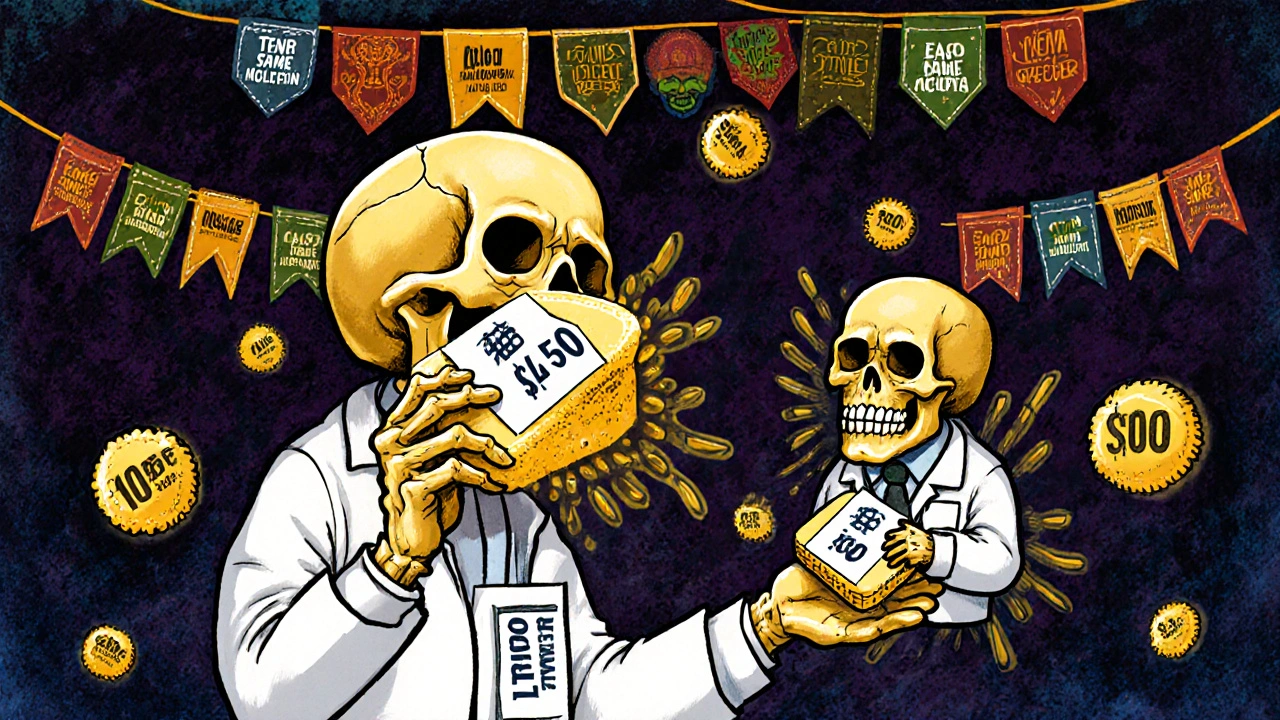
When Might You Want to Stick With the Brand?
There are exceptions. For some medications, even tiny differences matter. These are called narrow therapeutic index drugs. That means the difference between a helpful dose and a harmful one is very small.
Examples include:
- Levothyroxine (for thyroid disease): Even small changes in hormone levels can cause fatigue, weight gain, or heart problems. In 28 states, pharmacists must notify your doctor before switching brands of this drug.
- Warfarin (a blood thinner): A 2021 study of over 100,000 Medicare patients found no difference in outcomes when switching to generic warfarin. But some doctors still prefer to keep patients on the same version to avoid any potential variability.
- Carbamazepine (for epilepsy): A 2017 study in Neurology found rare cases of breakthrough seizures after switching to certain generics. This doesn’t mean generics are unsafe-it means consistency matters.
Also, some patients report feeling different after switching-not because the drug changed, but because the pill looks different. One patient told a pharmacist, “I’ve been taking this blue pill for five years. Now it’s white. I don’t trust it.” That’s a psychological barrier, not a medical one. But it’s real. If you feel uneasy, talk to your doctor or pharmacist. They can help you stay on the same manufacturer’s version.
What About the ‘Branded Generics’?
You might see a drug like Humalog insulin labeled as an “authorized generic.” That means the original brand (Eli Lilly) makes the same drug but sells it under a different name at a lower price. These aren’t fake generics-they’re the exact same product, just cheaper. They often cost 20% to 30% less than the brand and can be a good middle ground if you’re worried about switching to a completely unknown manufacturer.
What Should You Do When Switching?
If your prescription changes from brand to generic:
- Check the pill. Use the FDA’s Drugs@FDA database or apps like GoodRx to look up the pill’s shape, color, and imprint code. That way, if it changes again next month, you’ll know it’s still the same medicine.
- Ask your pharmacist. They’re trained to explain differences and can tell you if the new version is from a different manufacturer. Many pharmacies will keep you on the same one if you ask.
- Monitor how you feel. If you notice new side effects or a change in how well your condition is controlled, call your doctor. But don’t assume it’s the generic’s fault. Sometimes, stress, diet, sleep, or other medications are the real cause.
Studies show that when patients get clear information about generics, 89% stick with them. And adherence improves by 22% because they can actually afford to take their medicine.
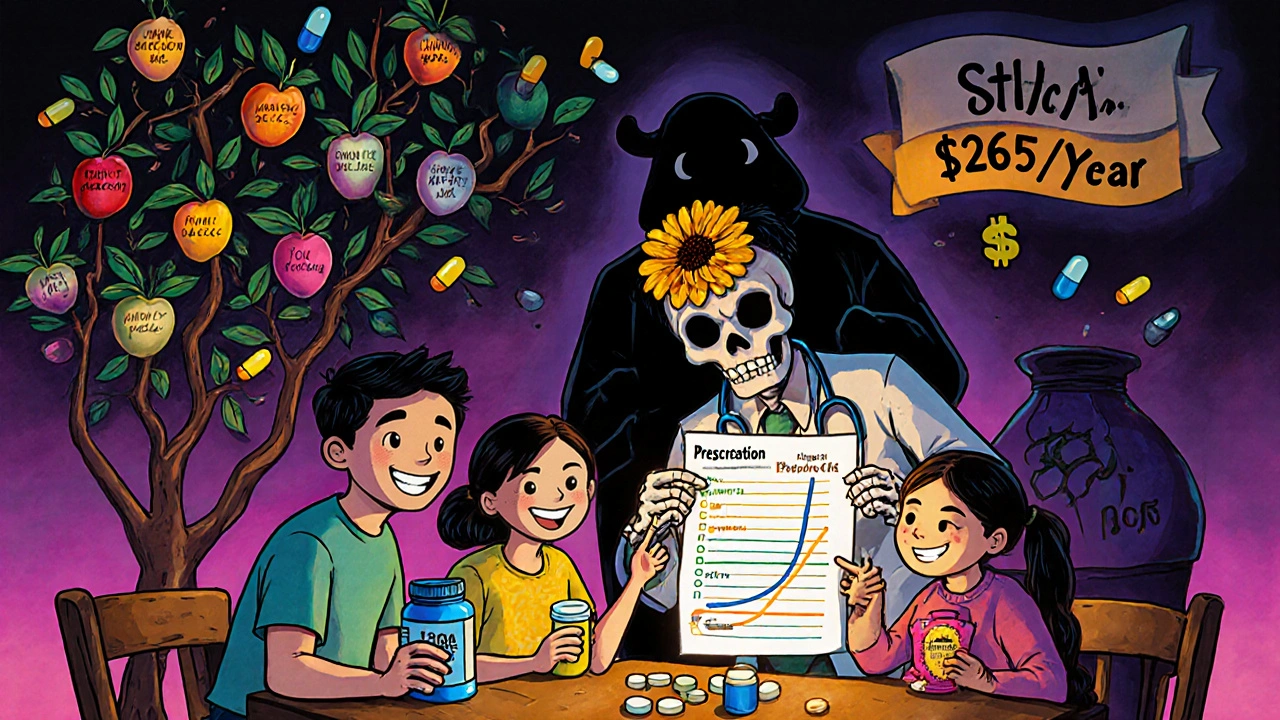
How to Make the Best Choice
Here’s a simple guide:
- Choose generic for most medications: antibiotics, statins, blood pressure pills, antidepressants, diabetes drugs.
- Ask your doctor before switching if you take levothyroxine, warfarin, seizure meds, or complex inhalers.
- Use GoodRx or your insurance app to compare prices. Sometimes the brand is cheaper with a coupon.
- Don’t switch manufacturers frequently. If you do well on one generic, stay with it. Switching between different generic makers can cause confusion and unnecessary anxiety.
- Ask about authorized generics. They’re the brand’s own product, sold cheaper.
The bottom line: Generic drugs are not second-rate. They’re the same medicine, proven safe and effective, and available at a fraction of the cost. Choosing them doesn’t mean you’re compromising. It means you’re making a smart, informed decision.
What If You Can’t Afford Either?
If even the generic is too expensive, talk to your doctor. Many drug companies have patient assistance programs. Some pharmacies offer $4 generic lists. And starting in 2026, Medicare will negotiate prices for the 10 most expensive drugs-likely pushing even more generics into the market.
Are generic drugs as safe as brand-name drugs?
Yes. Generic drugs must meet the same FDA standards for safety, strength, quality, and purity as brand-name drugs. The FDA inspects manufacturing facilities for both types and finds compliance rates above 98%. The only differences are in color, shape, or inactive ingredients-which don’t affect safety.
Why do generic pills look different?
By law, generics can’t look exactly like the brand-name version. That’s to avoid trademark infringement. So they may be a different color, shape, or size. But the active ingredient is identical. Use tools like the FDA’s Drugs@FDA database to identify pills by imprint code if you’re unsure.
Can I switch back to the brand if the generic doesn’t work?
Yes. If you feel the generic isn’t working as well, talk to your doctor. They can write “dispense as written” on the prescription to prevent automatic substitution. But first, make sure it’s not just a change in manufacturer or unrelated factors like stress or diet. Don’t assume the generic is the problem without checking.
Do generics take longer to work?
No. Generic drugs must prove bioequivalence-meaning they enter your bloodstream at the same rate and amount as the brand. Studies show the difference is usually less than 4%. If you feel a delay, it’s likely due to other factors like food intake, metabolism, or placebo effect.
Why do some people say generics don’t work for them?
Some patients report changes after switching, especially with extended-release or complex drugs like bupropion XL. In rare cases, differences in inactive ingredients or manufacturing processes may affect how the drug is absorbed. The FDA has issued warnings about specific generic versions of certain drugs. But these are exceptions, not the rule. If you have concerns, report them to your doctor and pharmacist. They can help determine if it’s the drug or something else.
Are all generics made in the same place?
No. Generic drugs are made worldwide. About 78% of the active ingredients come from India and China. But all manufacturing sites-whether in the U.S., India, or Germany-must pass FDA inspections. The FDA has inspection teams in over 50 countries to ensure quality. So location doesn’t equal risk.
Can I trust generics for chronic conditions?
Absolutely. For conditions like high blood pressure, diabetes, or depression, generics are the standard of care. Over 90% of prescriptions for these conditions are filled with generics. Studies show no difference in long-term outcomes. The biggest benefit? You’re more likely to take your medicine regularly because you can afford it.
Final Thoughts
Choosing between generic and brand-name drugs isn’t about quality-it’s about cost, consistency, and confidence. Generics aren’t a compromise. They’re the result of smart policy, rigorous science, and a system designed to make essential medicines affordable. For most people, the best choice is the generic. For a small number with specific medical needs, the brand may be preferred. But in either case, the decision should be informed-not feared.
The next time you’re handed a generic prescription, remember: you’re not getting less. You’re getting the same medicine, at a price that lets you stay healthy for years to come.

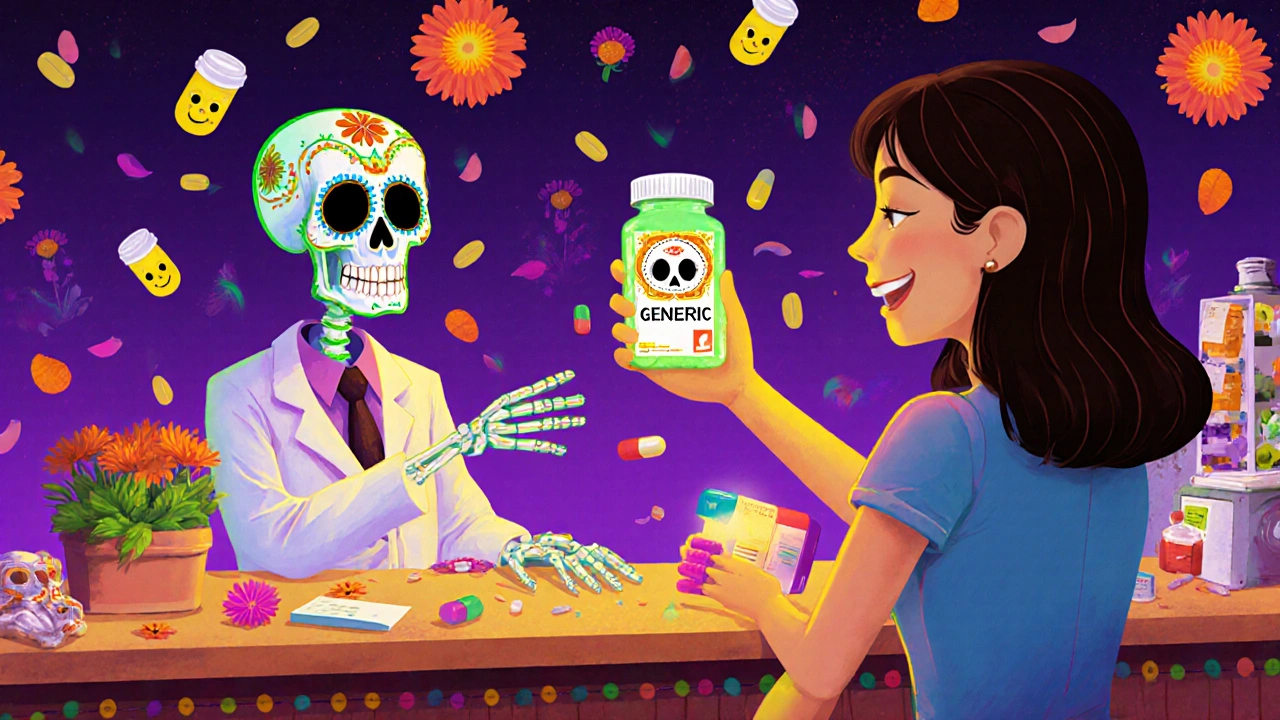

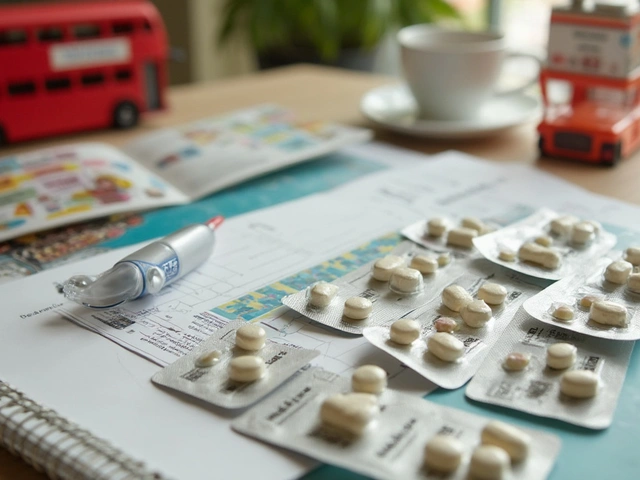

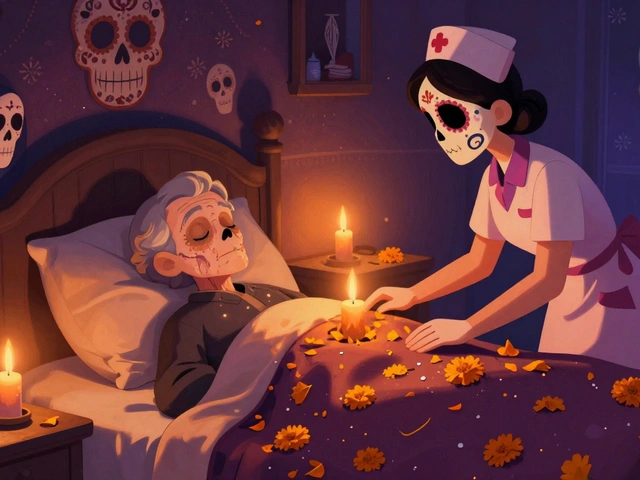


11 Comments
Ginger Henderson November 26, 2025
Generics are fine I guess, but I’ve had three different ones for my anxiety and none felt the same. Maybe it’s placebo, maybe it’s not. Either way, I’m sticking with the blue pill.
Stephanie Deschenes November 27, 2025
For most people, generics are absolutely safe and effective. The FDA’s bioequivalence standards are rigorous-within 4% variation, which is negligible clinically. If you’re on a narrow therapeutic index drug like levothyroxine or warfarin, consistency matters more than brand. But for statins, antidepressants, or blood pressure meds? Save your money. The science is overwhelming.
Wendy Edwards November 28, 2025
i switched to generic sertraline last year and honestly? my anxiety got worse. not sure why. maybe the filler? maybe my brain just missed the blue pill. i cried in the pharmacy aisle. now i take the brand and i’m fine. who cares if it costs 100x more? mental health isn’t a budget line item. 🥺
Dan Rua November 30, 2025
Wendy, I get it. The psychological comfort matters. But have you talked to your pharmacist about sticking with the same generic manufacturer? Sometimes it’s not the generic-it’s switching between different generic makers. You can ask for the same one every time.
Jesús Vásquez pino November 30, 2025
Why do people act like generics are some kind of conspiracy? The FDA doesn’t approve junk. If it’s on the shelf, it works. Stop letting Big Pharma scare you into paying $400 for a pill that’s chemically identical to one that costs $4. You’re not special-you’re just being manipulated.
Cynthia Boen December 1, 2025
Oh please. The FDA is a joke. They approve generics made in factories that get shut down for contamination every other year. My cousin got hospitalized after switching to a generic antibiotic. You think that’s normal? It’s not. You’re gambling with your life.
Bethany Buckley December 2, 2025
One must interrogate the epistemological foundations of pharmaceutical equivalence. The FDA’s 80–125% bioequivalence window is not a scientific certainty-it is a statistical convenience, a neoliberal concession to cost-efficiency over ontological fidelity. The pill may contain the same molecule, but the *experience* of its ingestion-its phenomenological resonance-is altered by the inert matrix, the color, the shape, the very aura of its industrial production. Are we not more than our pharmacokinetics? 🤔
Albert Guasch December 2, 2025
As a board-certified clinical pharmacist with 18 years of experience, I can state unequivocally that generic medications are therapeutically equivalent to their branded counterparts in over 98% of cases. The data from JAMA, the CDC, and the FDA are consistent and robust. The only legitimate exceptions involve narrow therapeutic index drugs-where consistency of manufacturer matters more than brand. For the vast majority of patients, choosing a generic is not only safe-it is financially responsible and clinically optimal. If a patient reports a change, investigate the manufacturer, not the generic classification.
Amanda Meyer December 2, 2025
Albert, your point about manufacturer consistency is critical. But Cynthia, your anecdote isn’t data. And Bethany, while your philosophical angle is poetic, it doesn’t change the fact that 90% of prescriptions in the U.S. are generics-and outcomes haven’t deteriorated. Maybe we need better patient education, not fear. Can we agree on that?
stephen riyo December 3, 2025
...but what if... you just... feel... different? like... you know? the pill is white now... and it’s not the same... and you just... don’t trust it anymore?... it’s not about the science... it’s about... the feeling... you know?... 😔
Mqondisi Gumede December 4, 2025
USA thinks it owns the world. Generics made in China? India? You think your FDA checks every pill? Ha. My cousin in Cape Town got a generic for malaria and it killed his liver. You think your system is perfect? You think you’re special? The world doesn’t care about your blue pill. You’re lucky you even have access.